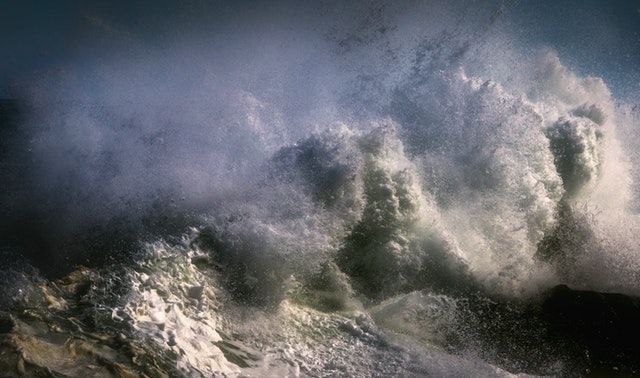Are you Covered?
As Hurricane Dorian heads to Florida after scouring the Bahamas, you may be wondering just what will be covered by your insurance. Though damage from disasters are usually covered under a standard policy, there are some damages that require separate coverage. So, where do you stand?

Normal policies cover damage sustained from most natural perils: tornados, hurricanes, severe storms or fires. Repairs on the main structure of the insured property, are usually covered up to the coverage amount and possessions on the premises are covered as a percent of your home structure’s insured amount, but that amount varies with the type of insurance you chose.
According to the insurance information institute, the real question, then, is how did you insure your home?
- Replacement Cost: this type of coverage will cover the cost to replace or repair damage to the structure, using similar quality of materials.
- Extended replacement cost: Additional insurance coverage of 20 percent or more over the limits in your policy. Costs of repairs can skyrocket following widespread damage and extended replacement cost insurance can help cover those costs.
- Inflation guard: This coverage adjusts the rebuilding costs of your home based on changes in construction costs. This can be included in your coverage, but you need to check whether it must be purchased separately.
- Ordinance coverage/law coverage: if your home is badly damaged, you may have to rebuild it to meet new building codes. Ordinance coverage spays a specific amount toward these costs.
- Water back-up: damage from sewer or drain back up can mean throwing out many personal possessions and repairs, but the coverage is an add on to a standard policy. If you don’t ask, you probably don’t have this coverage.
- Flood insurance: Even when you are covered for damage from a disaster, such as lightening and hurricanes, you may not be covered on damage from flooding that especially accompanies slow moving storms like Dorian. You can get flood coverage from the federal governments National Flood Insurance Program www.floodsmart.gov through your normal insurance agent.
Of the types of coverage, you may want to ask yourself: “Do I want to have a cash value policy that pays the cost of replacing my stuff minus depreciation, OR do I want a replacement cost policy that will reimburse me for the full current cost of replacing my possessions.
Additional living expenses. It is most important to be safe. Sometimes that means evacuation to a hotel, miles away from the disaster. This means hotel bills, meals and other expenses that are on top of your mortgage payment and regular cost of living. Some insurances pay for these expenses if they are over and above your regular living expenses. Know exactly how much coverage you have for additional living expenses and whether there is a time limit.
Disaster planning starts before the disaster. If you are breathing a sigh of relief because you are not in the hurricane’s path, maybe you should get your policy out, and talk to us at worldinsurancemart.com to make sure you are protected from the next storm.
